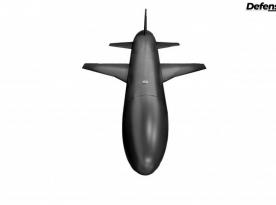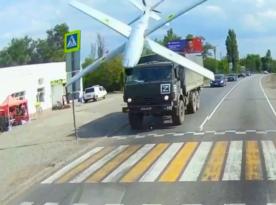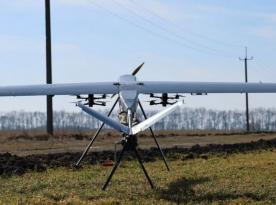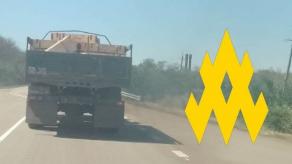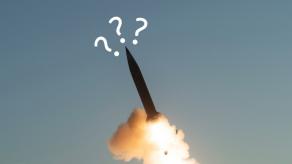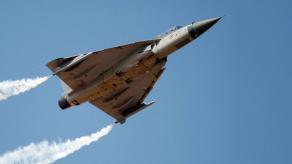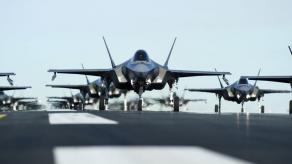In the early hours of 8 August 2008, russian troops crossed into Georgian territory under the pretext of defending the population of South Ossetia. The brief yet intense five-day war ended with a ceasefire but left parts of Georgia — South Ossetia and Abkhazia — under full russian military control. This "peace enforcement operation," as the Kremlin called it, was in fact a calculated military intervention to punish Tbilisi for its pro-Western course.
The groundwork had been laid long before. In the 1990s, russia positioned so-called "peacekeepers" in South Ossetia and Abkhazia, gradually turning these regions into de-facto puppet states. By the mid-2000s, Moscow distributed russian passports to the local population, a tactic that would later be seen again in Crimea and Donbas in Ukraine. Under the disguise of protecting its newly-minted "citizens" and its peacekeepers, russia claimed the right to invade.
Read more: Georgia on the Crossroads of Gaining Freedom or Becoming russia's Backyard
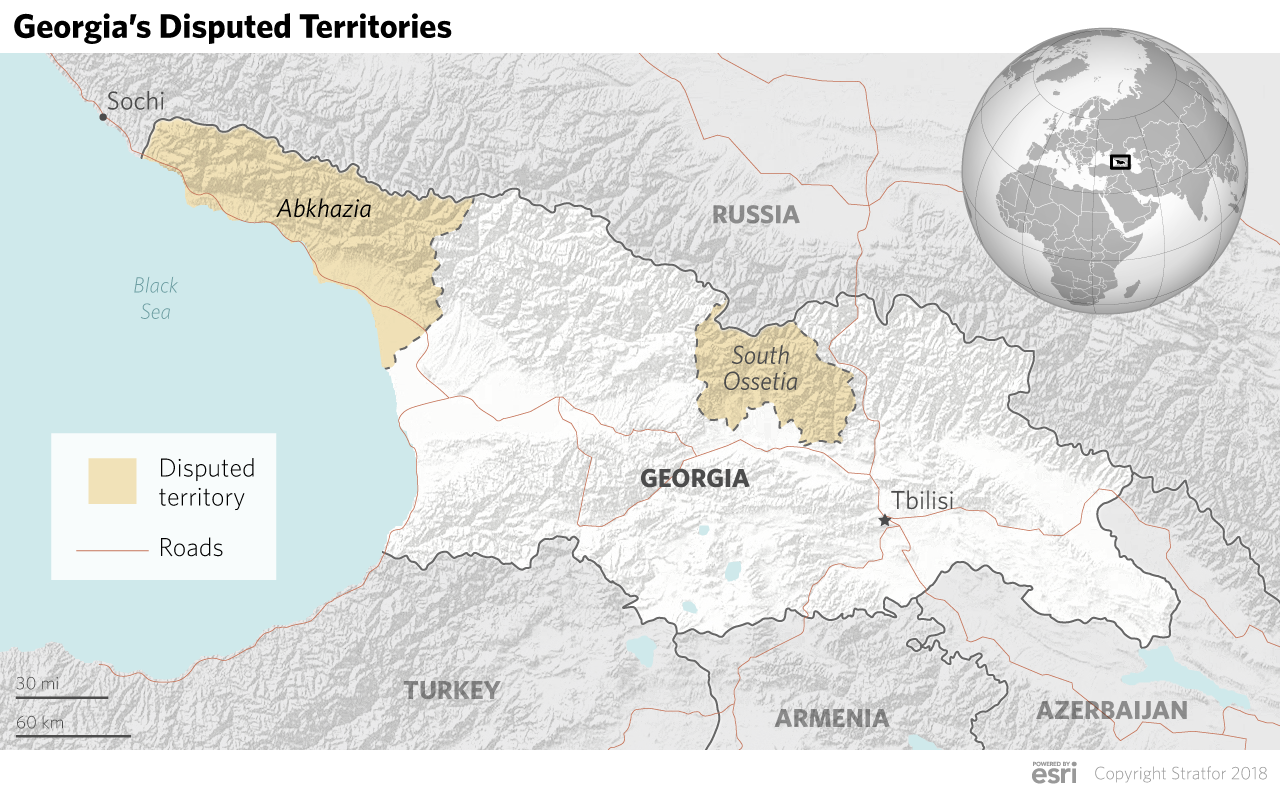
The narrative used by the Kremlin in 2008 bore chilling similarities to what the world would hear in 2014 and 2022: accusations of "genocide" against ethnic minorities, calls to "defend compatriots," and a demand to force the enemy to peace. State propaganda channels flooded with footage of alleged Georgian atrocities, giving russia a casus belli for its offensive.
Western reaction in 2008 was swift in words but toothless in action. The U.S. and EU condemned the invasion, yet no meaningful sanctions followed. russia faced short-term diplomatic isolation, but its energy exports and financial ties with Europe continued largely uninterrupted. This failure to impose consequences emboldened the kremlin to act with more aggression later.
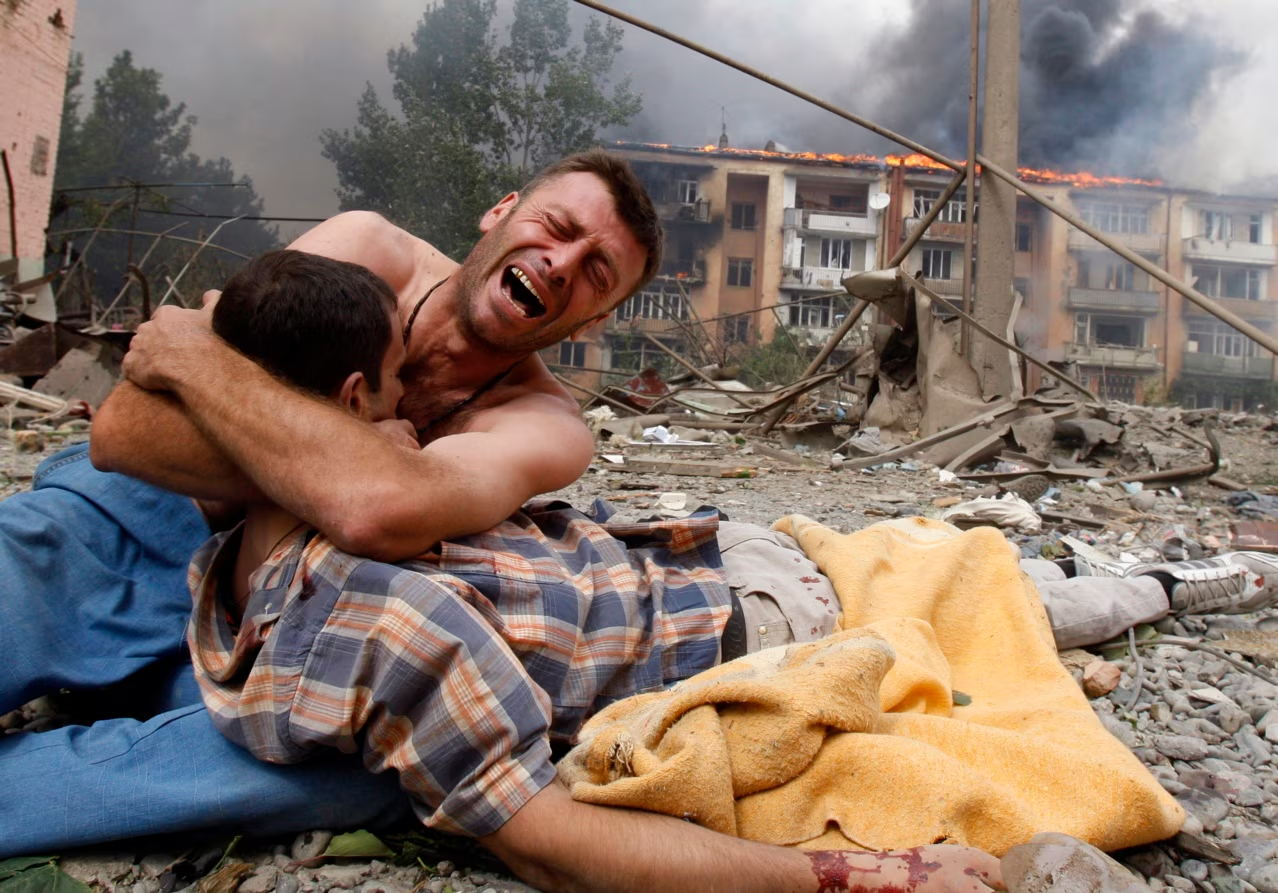
For Georgia, the consequences were devastating. A significant portion of its territory remains occupied to this day, and its NATO aspirations were effectively frozen. russia's continued military presence in South Ossetia and Abkhazia has turned these regions into tools of coercion against Tbilisi.
First sparks of armed clashes in the region, however, began years before the russian incursion and aggravated alongside the russification of locals. The conflict traces back to the collapse of the Soviet Union, when newly independent Georgia faced armed separatism in Abkhazia and South Ossetia, supported by Moscow.
In 1993, the Georgian-Abkhaz conflict escalated into full-scale war as separatist forces in Abkhazia, heavily supported by russia and fighters from the North Caucasus, launched an offensive against the Georgian government. The city of Sukhumi came under siege, leading to mass civilian casualties and ethnic cleansing of Georgians.
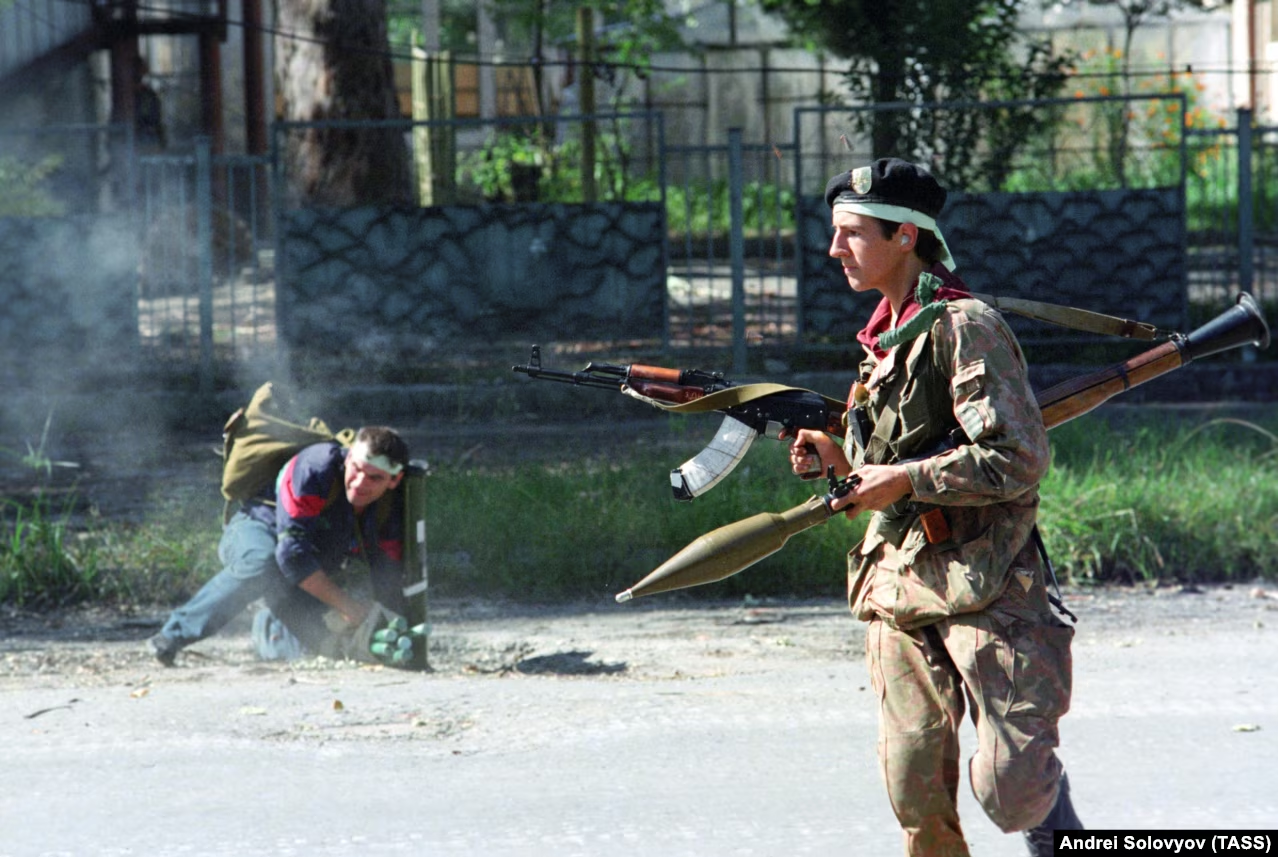
Amid the chaos, Ukraine conducted a humanitarian mission to evacuate civilians and the wounded, risking its own personnel to assist a fellow post-Soviet nation under russian-backed assault. As a result, in 291 conducted flight missions, Ukrainian Mi-8 helicopters evacuated 7,643 Georgians to safe places and delivered 487 tons of humanitarian aid.
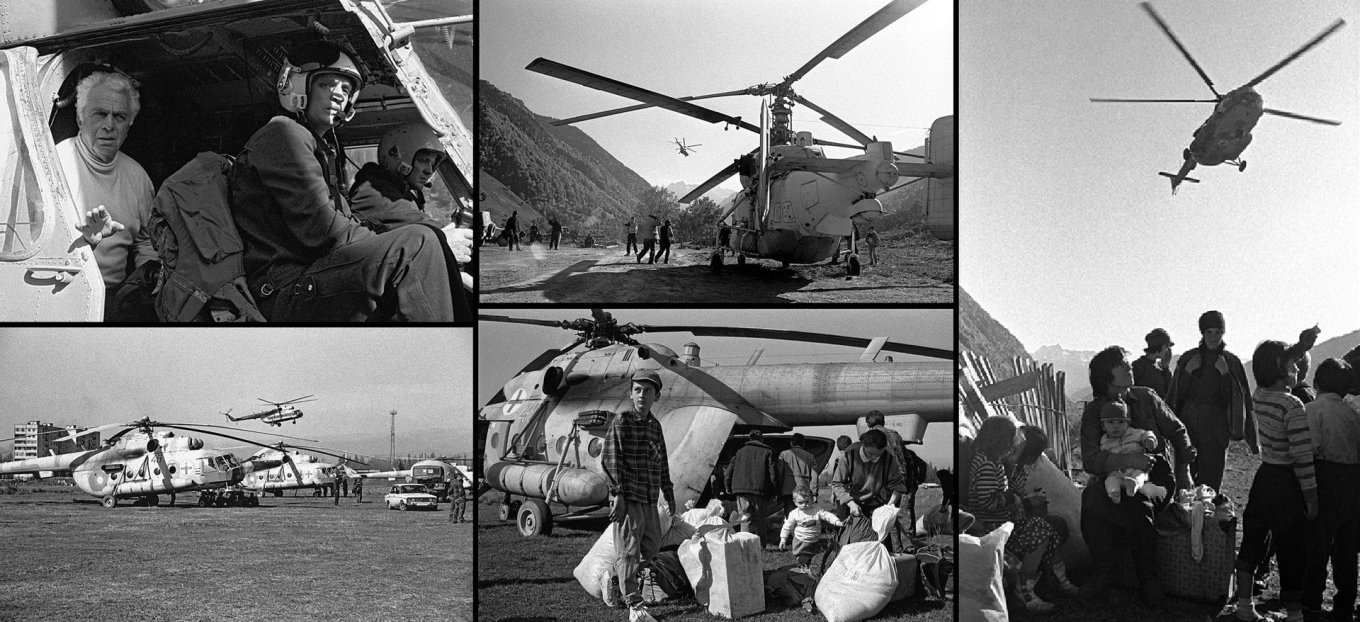
The war in Georgia became a blueprint. In 2014, russia annexed Crimea under nearly identical justifications. In 2022, it launched a full-scale invasion of Ukraine, again citing "Nazi threats" and "protection of russian speakers and ethnic russians." The pattern was clear, yet the West's earlier inaction had failed to break it.
These conflicts revealed that russia's military aggression is not a reaction to threat, but a strategy of imperial expansion. The doctrine was written long ago, Georgia was simply the first "test" (on the new stage of russia's military defelopment as well as a growing desire for expansion) out of many future victims, including Azerbaijan, Moldova and Ukraine.
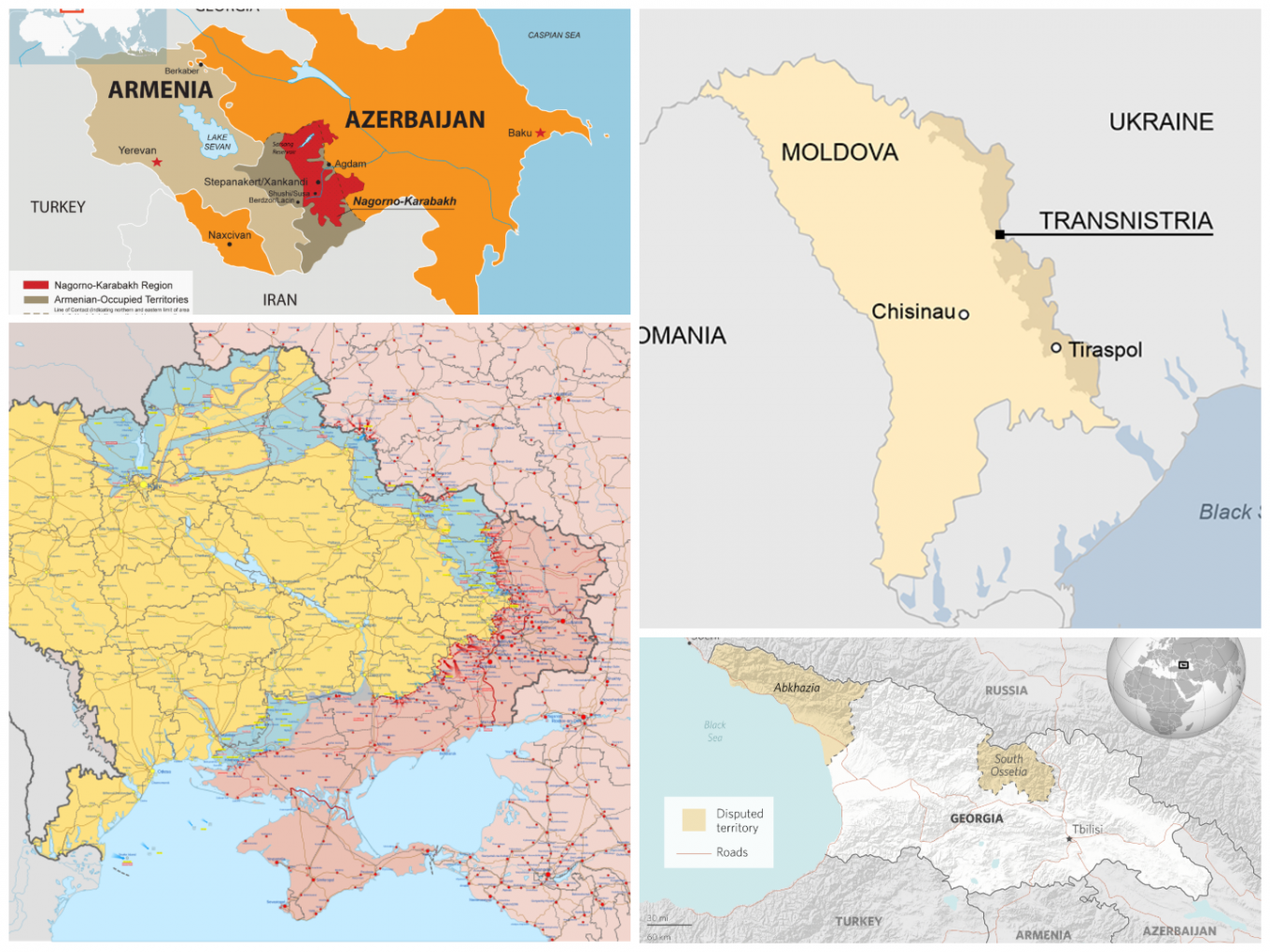
Interestingly, in 1997, these countries even ended up creating a regional alliance called GUAM (Georgia, Ukraine, Azerbaijan, Moldova), which exists formally until this day. The GUAM Organization for Democracy and Economic Development aims at promoting democratic values, economic cooperation, and deeper integration with European Union while counterbalancing russian influence in the post-Soviet space. It also serves as a platform for resolving shared security and territorial integrity challenges.
The world must now accept that containment begins not at the moment of invasion, but years before. And it is the countries on russia's borders — like Georgia, Ukraine, and now potentially Poland with the Baltics — that pay the highest price for delay.
In order to prevent further "tests" by Russia and new victims in Eastern Europe and Asia, countries of the free world must unite and do everything possible to ensure that Ukraine becomes a country that has finally broken the strategy of russian imperial expansion.
Read more: Why Hypersonic Jets and Missiles Sound Like Explosions — The Mach Cone Effect





